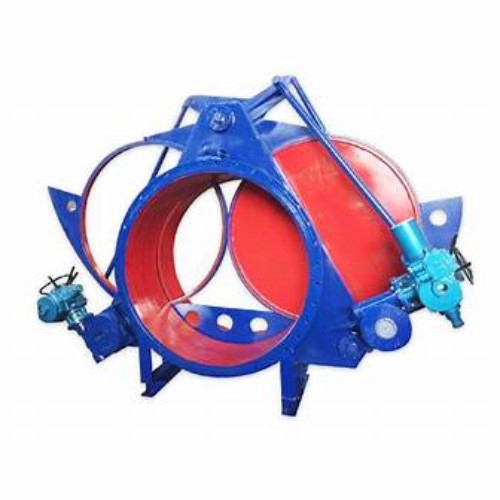dual disc wafer check valve
Understanding the Dual Disc Wafer Check Valve A Comprehensive Overview
In the world of fluid control systems, check valves play a crucial role in maintaining the flow of liquids and gases in the desired direction. Among various check valve designs, the dual disc wafer check valve stands out for its unique features and advantages. This article delves into the design, operation, applications, and benefits of the dual disc wafer check valve, offering insights into why it is favored in many industrial applications.
Design and Structure
The dual disc wafer check valve is characterized by its compact and lightweight structure. Unlike traditional check valves that may have bulky designs, the wafer type is designed to fit between two flanges in a pipeline, making it a space-saving option. The disk mechanism consists of two discs that pivot on a common axis, allowing for swift opening and closing actions. When fluid flows in the forward direction, the discs open to allow passage, and when the flow reverses, the discs close tightly, preventing backflow.
The construction of the dual disc wafer check valve typically involves durable materials such as stainless steel, bronze, or various high-performance plastics. This choice of materials not only enhances the valve's resistance to corrosion and wear but also ensures a long service life, making it suitable for various environments.
Operation
The operation of a dual disc wafer check valve is relatively straightforward. As fluid enters the valve, it exerts pressure on the discs, causing them to lift and open the flow path. The inherent design of the dual discs allows for a quick response to changes in flow direction. If there is a sudden drop in pressure or a reversal in flow, the discs close immediately, creating a seal that prevents backflow.
The ability to manage high flow rates effectively, along with minimal pressure drop across the valve, makes the dual disc wafer check valve an efficient choice for numerous applications.
Applications
Dual disc wafer check valves are extensively used in various industries, including
1. Water and Wastewater Management They are integral to preventing backflow in sewer systems, ensuring that contaminated water does not travel back into clean water systems.
2. Oil and Gas These valves are used in pipelines to safeguard against turbulence and reverse flow, which can significantly disrupt operations.
dual disc wafer check valve

3. HVAC Systems In heating, ventilation, and air conditioning systems, dual disc check valves prevent the return of fluids, contributing to system efficiency.
4. Chemical Processing The durable materials used in these valves allow them to handle corrosive fluids without compromising structural integrity.
Benefits
The dual disc wafer check valve offers numerous benefits
- Space-Saving Design Their compact nature allows for easy installation in tight spaces without the need for extensive modifications to the piping system.
- Lightweight The lightweight design reduces installation time and labor costs compared to heavier check valve alternatives.
- Versatile They can be used in various applications, accommodating different types of fluids and pressure levels.
- Reduced Maintenance With fewer moving parts and a robust design, these valves require less maintenance over time compared to other types of check valves.
- Cost-Effective Their efficiency and durability result in lower operational costs, making them an economically viable option for many industries.
Conclusion
The dual disc wafer check valve is a highly effective solution for controlling fluid flow and preventing backflow in various applications. Its innovative design, operational efficiency, and adaptability to different environments make it a preferred choice across multiple industries. As industries continue to evolve and demand more reliable fluid control mechanisms, the dual disc wafer check valve is likely to remain a critical component in fluid handling systems. Understanding its features and benefits can help engineers and decision-makers select the right valve for their specific needs, thereby enhancing system performance and reliability.
-
Why Choose a Brass Gate Valve for Superior Performance and DurabilityNewsMay.09,2025
-
Reliable Flow Control Begins with a High-Performance Flange Butterfly ValveNewsMay.09,2025
-
Reliable and Rugged: Why the Lug Type Butterfly Valve Is Dominating the MarketNewsMay.09,2025
-
Manual Gate Valve: A Comprehensive Look at Performance, Durability, and DesignNewsMay.09,2025
-
Engineered for Precision: Why the Stainless Ball Valve Sets a New StandardNewsMay.09,2025
-
Ductile Iron Valve: The Perfect Solution for Reliable Flow ControlNewsMay.09,2025
-
Compact Powerhouse: Why the Wafer Type Butterfly Valve Is an Industry FavoriteNewsMay.09,2025




